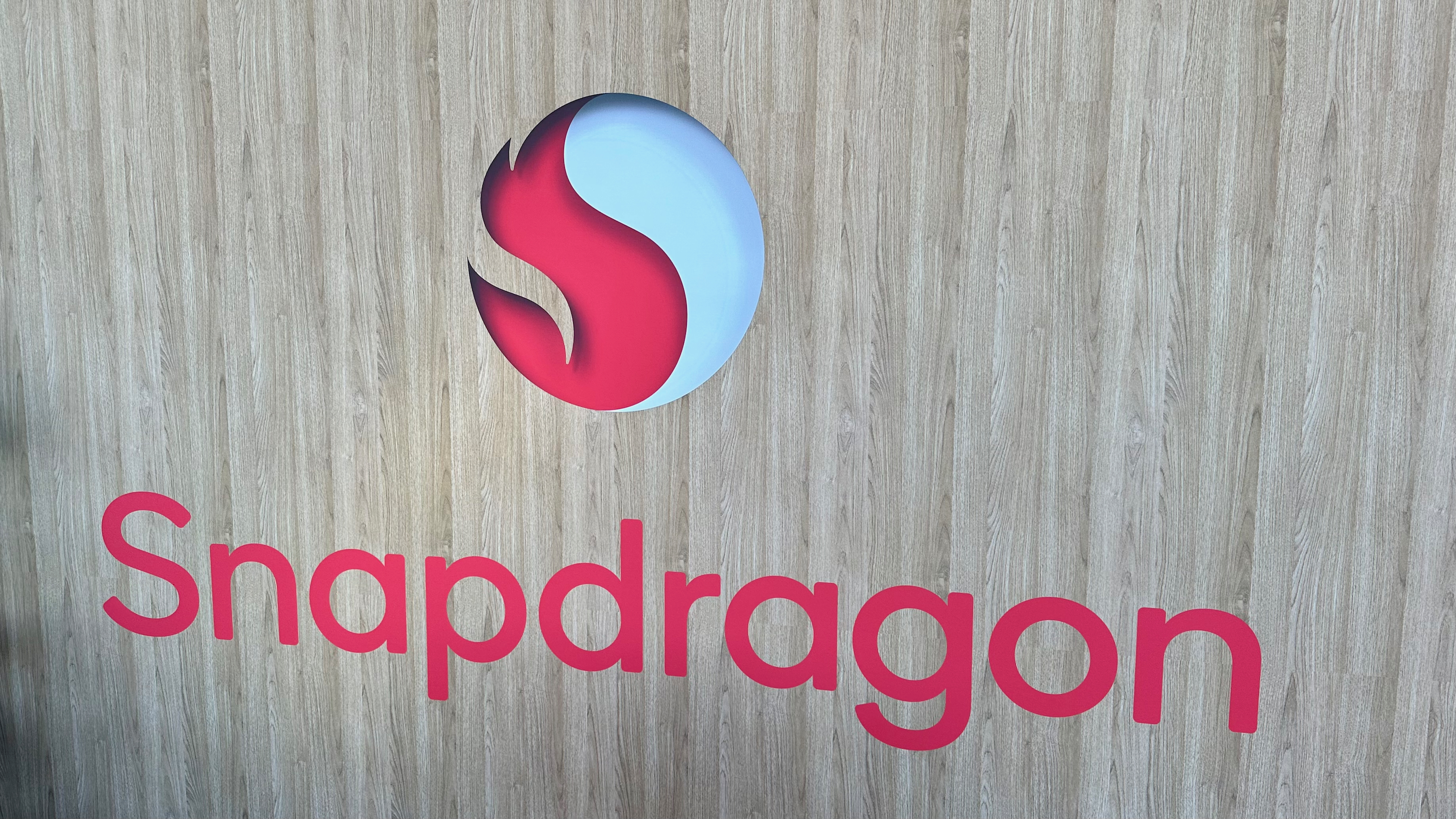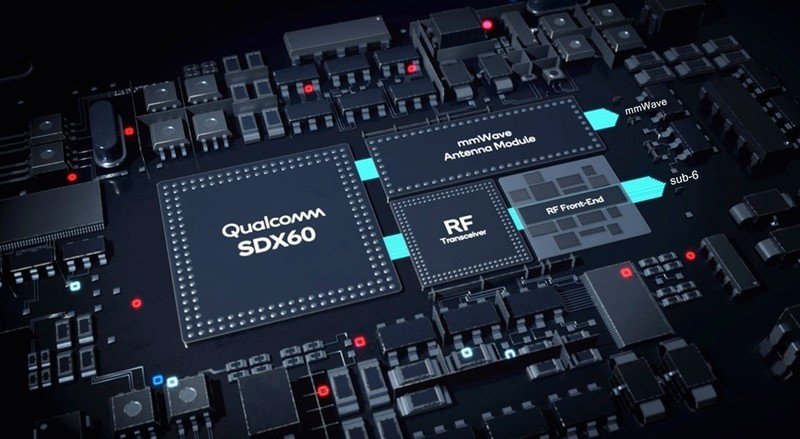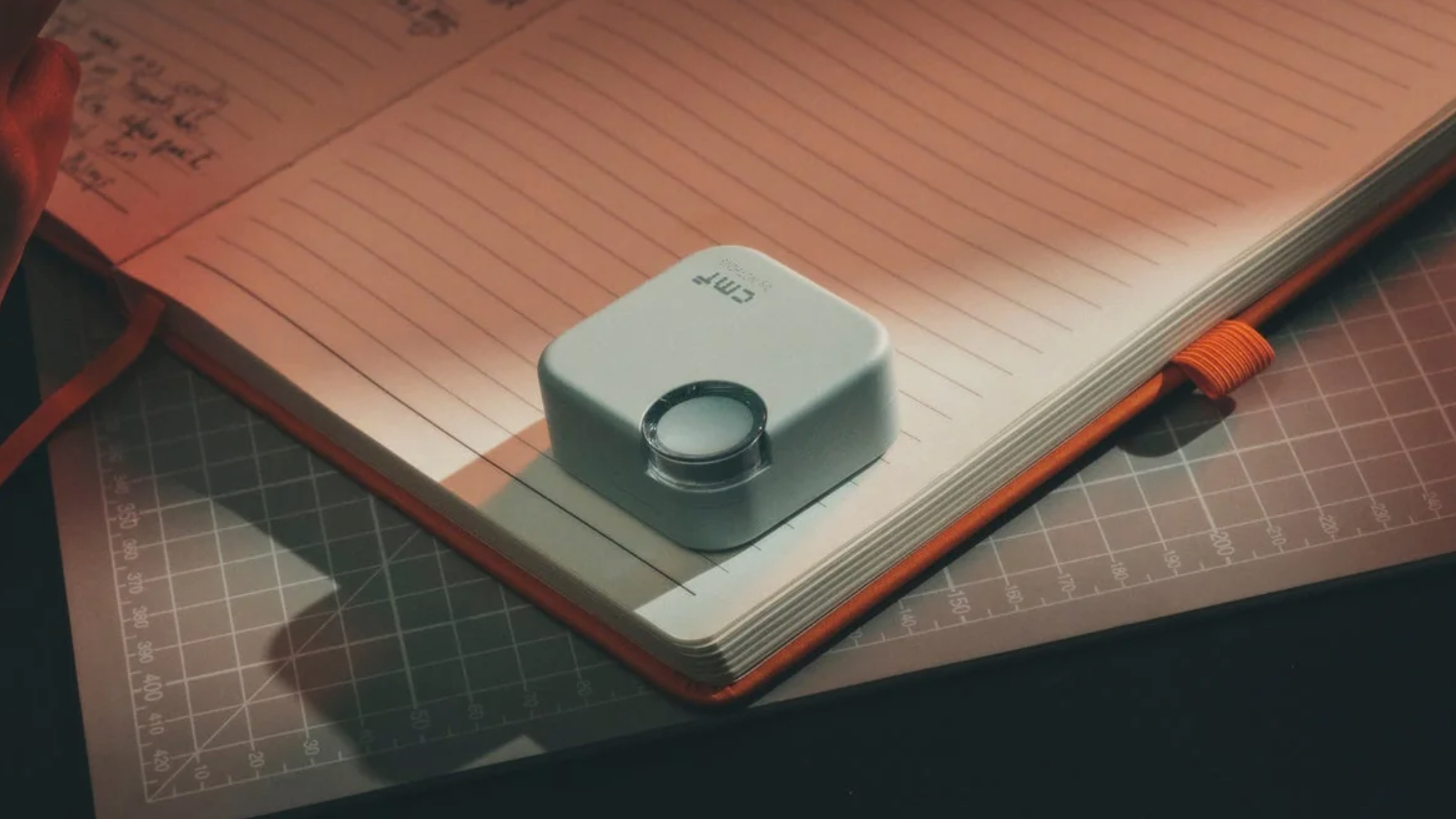The iPhone 16e proves we do need Qualcomm for 5G in North America
There is a reason it costs less.

Apple is now offering a new budget iPhone with something really cool inside of it. I'm not talking about Apple's AI features; the iPhone 16e and its binned SoC prove that Apple could offer more features to older phones if it wanted to do it. I'm talking about something most people don't care about — the modem.
The 16e is the first iPhone that uses Apple's new in-house C1 5G modem, which the company developed after a lot of expensive R&D and buying out Intel's 5G business. It's a modem that doesn't match up very well with Qualcomm's, at least on paper.
This is a bigger deal than you might think because Apple's C1 has no support for millimeter-wave 5G frequencies. That means two things — it will never get the hyper-fast 5G speeds we were promised and you might have seen yourself, and the network coverage in many places will be sub-par or fallback to LTE (4G).
This is because most of the technology to power a millimeter-wave modem is from Qualcomm. The company invented or re-invented it and marketed it in a way that it has become almost mandatory in North America. A lot of network tech is Qualcomm's and I imagine Apple has liscensed a good bit of it for its in-house offering, but it either declined to pay for better millimeter-wave support or Qualcomm is unwilling to license it at a cost Apple finds fair.

I have no special affinity for Apple products but I don't like what I'm seeing here. On one hand, you might think that this proves Apple doesn't need Qualcomm so other manufacturers might not need the company, either. That's true if you're OK with a sub-par product with missing features found in many devices at all price ranges.
What I see is that even Apple, a company with more than enough resources to do almost anything it imagines, couldn't break the grip Qualcomm has in North America.
We have no details about the process or licensing agreements (and probably never will) so we don't know exactly why Apple decided to forgo millimeter-wave 5G but I'm sure it's a decision that wasn't made lightly. Apple does not want its "budget" phone to be worse than a $300 OnePlus Nord when it comes to network performance, but it will in places like New York or Chicago.
Be an expert in 5 minutes
Get the latest news from Android Central, your trusted companion in the world of Android
Apple says it has plans to expand the C1's usage to other models in its lineup. I'm betting it will find a way to integrate millimeter-wave technology before that happens.
What I know for sure is that Apple and Qualcomm have a long-standing love-hate relationship and this almost certainly factored its way into the decision-making process. Qualcomm does have competitors like Samsung and its Exynos 5G modems and there is more to a cellular modem than millimeter-wave support. There's also no denying that Qualcomm does it better. A lot better.
Qualcomm makes a great line of products, there is no denying that. It's just disheartening to see one company have such a strong grip that it can stifle competitors or charge exorbitant fees for patented IPs. If Intel couldn't do it, and Apple can't do it, can anyone?

Jerry is an amateur woodworker and struggling shade tree mechanic. There's nothing he can't take apart, but many things he can't reassemble. You'll find him writing and speaking his loud opinion on Android Central and occasionally on Threads.
You must confirm your public display name before commenting
Please logout and then login again, you will then be prompted to enter your display name.
